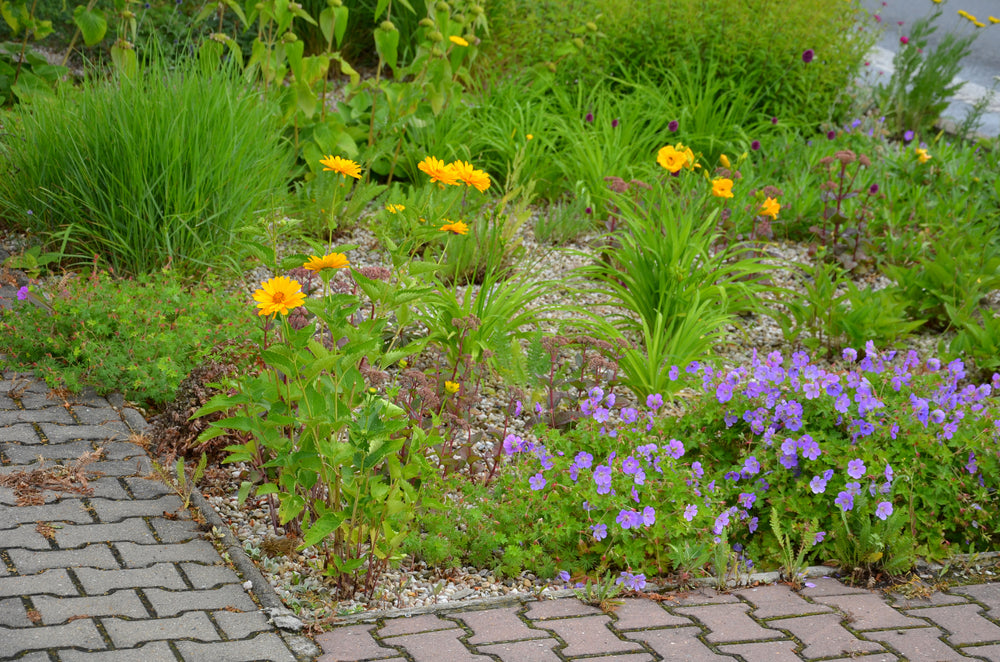Garden trends - all about soil

One of the big trends in garden design at the moment is about how we look after and adapt soil conditions to suit different plants, mimicking natural habits and using deep mulches to protect against weeds in order to create more sustainable, naturalistic planting.
This style of planting is being put into practice in the Walled Garden at Knepp Castle, designed by Tom Stuart-Smith, where the undulating land has been adapted to include both moist lower areas and sunny mounds to encourage greater biodiversity. A thick layer of low-nutrient crushed concrete and sand was used to encourage more delicate plants that are usually overwhelmed by lusher species, while in damper areas a thinner mulch has been used just to give aesthetic unity.
The interest in using low-nutrient growing mediums such as sand and reusing and recycling building materials seems to be of particular interest to designers. As well as discouraging weeds, the relatively harsh conditions help drought-tolerant plants thrive and become tougher, more resilient and less lush and leggy so they’ll rely less on watering. An example of this is the Delos garden at Sissinghurst, designed by Dan Pearson, where the soil was completely altered using gravel, crushed brick and poor-quality topsoil to mimic the hills of Greece
Using a deep mulch of gravel also helps lock moisture in. This is used in the prairie planting in the Horniman Museum garden in London where the North American and South African planting by James Hitchmough is planted into a deep 15cm mulch of pea gravel to keep weeds down and help with the plants’ longevity. As well as recycled building materials such as crushed concrete, designer Stefano Marinaz has been looking at other mulches, such as using nut shells as natural mulches and path surfaces to great effect.
In some ways the interest in nutrient-poor soil feels almost counter intuitive to us gardeners as we tend to feel we need to be feeding and improving the soil, but our tastes are increasingly moving towards creating zones in the garden with plants that associate well in terms of the conditions they need.











